Cattle are large, calm animals that are raised around the world for milk, meat, leather, and farm work. They are important part of agriculture and daily life, especially in rural communities.
Scientific Classification
-
Kingdom: Animalia
-
Phylum: Chordata
-
Class: Mammalia
-
Order: Artiodactyla
-
Family: Bovidae
-
Genus: Bos
-
Species: Bos taurus (European cattle), Bos indicus (Zebu or humped cattle)
Common Names
-
Cow (female), Bull (male), Calf (young)
-
Cattle
-
Zebu (for humped cattle)
-
“Shanu” (Hausa)
-
“Malu” (Yoruba)
-
“Ng’ombe” (Swahili)
Geographic Distribution
Cattle are found worldwide, including dry savannas, mountain valleys and city farms.
-
Commonly raised across Africa, Asia, Europe, and the Americas
-
Survive in many environments, including rainforest and deserts
-
In Nigeria, Fulani herders move them across regions for pasture
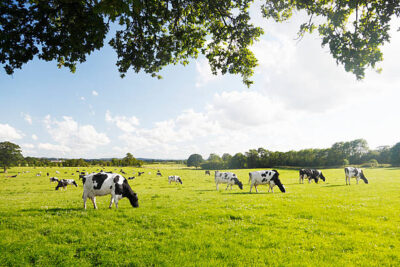
Image showing a group of cattle grazing peacefully in an open green field (Source: iStock)
Major Types of Cattle
1. Zebu (Bos indicus)
Well-suited for hot climates, with a hump, large ears, and loose skin.
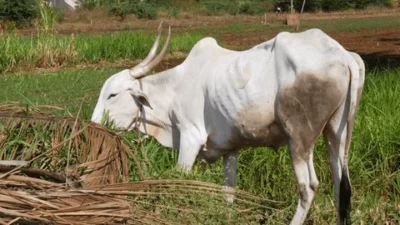
Image showing a white zebu bull with a hump grazing under the sun (Source: Shutterstock)
Key Facts:
-
Adapted to heat and drought
-
Used for milk, meat, and labor
-
Common in West and East Africa
2. Holstein (Bos taurus)
Famous for black-and-white patterns and high milk production.
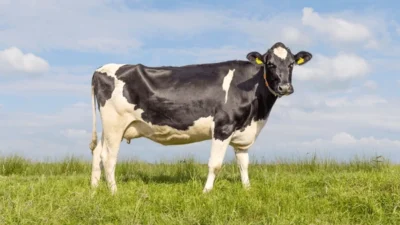
Image showing Holstein cow with distinct black-and-white coat in a dairy farm (Source: Shutterstock)
Key Facts:
-
Top dairy breed worldwide
-
Needs cooler climates and rich feed
-
Popular in Europe, America, and large African dairies
Behavior and lifestyle
Cattle are gentle herd animals with simple routines.
-
Spend much of the day grazing or resting
-
Very social, they form strong bonds with herd mates
-
Use body language and sounds (like low mooing) to communicate
-
Like to stay near water and need shade in hot weather
Cattle have a good memory, especially of people and places they trust or fear.
What do cattle eat?
Cattle are herbivores, mainly eating:
-
Grass and hay
-
Maize, grains, and cassava peels (on farms)
-
Salt licks and minerals for good health
They have four stomach compartments to help digest tough plant material (ruminants).
Fun facts
-
Cows can smell things up to 6 km away!
-
They spend about 8 hours a day chewing cud.
-
Each cow has a unique “moo” voice.
-
Cattle were among the first animals domesticated by humans.
-
Calves can stand and walk within an hour of birth.
Importance to Humans
Cattle support food security, income, and tradition:
-
Milk for drinking and making yogurt, cheese, and butter
-
Meat (beef) is a major source of protein
-
Leather for shoes, belts, and bags
-
Dung used as fuel, fertilizer, and building material
-
Help with ploughing and pulling carts in rural areas
-
Cultural value in ceremonies, dowry, and festivals (e.g., Eid and New Yam celebrations)
Health & common issues
Healthy cattle need regular care to stay strong and productive.
Common health problems:
-
Ticks and lice
-
Foot-and-mouth disease (FMD)
-
Bovine tuberculosis
-
Trypanosomiasis (tsetse fly disease)
-
Mastitis (udder infection in dairy cows)
-
Bloat and digestive issues
Veterinary Needs:
-
Vaccination schedules
-
Deworming and parasite control
-
Clean water and balanced feeding
-
Safe housing and regular hoof trimming
Conservation and welfare
While cattle are not endangered, animal welfare is very important.
-
Prevent overworking, especially oxen in farms
-
Avoid crowding and dirty sheds
-
Encourage humane transport and slaughter
-
Promote modern and traditional knowledge for better cattle rearing
In conflict-prone areas, cattle theft and farmer-herder clashes pose big threats. Solutions like grazing laws, ranching, and peacebuilding are important.
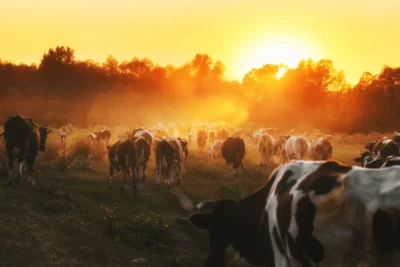
Image showing a Healthy cattle herd walking calmly along a rural path at sunset (Source: Shutterstock)
Need help treating your cow or improving your herd’s health? Contact Doctor Hulk Veterinary Hospital Today @ 08143397614.








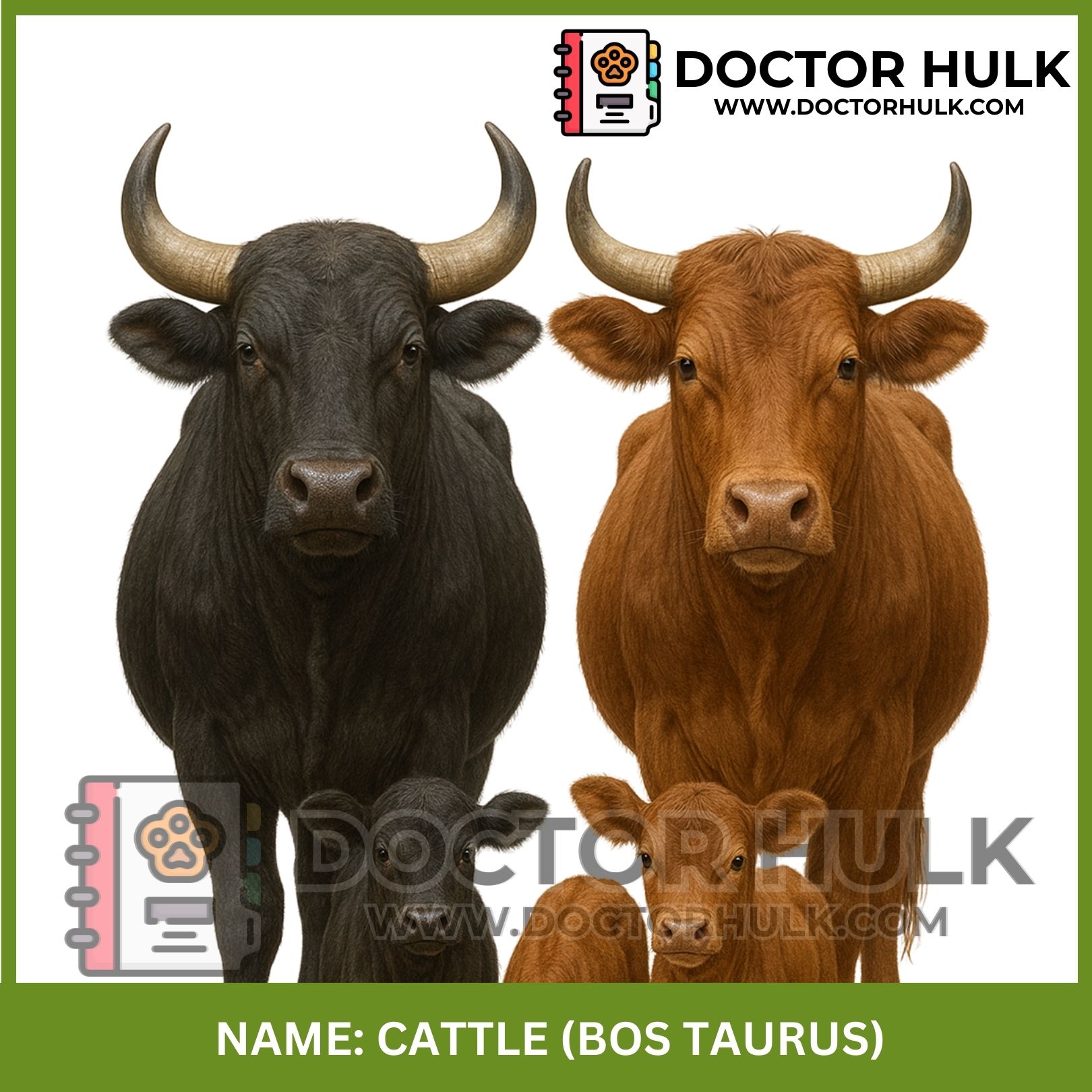
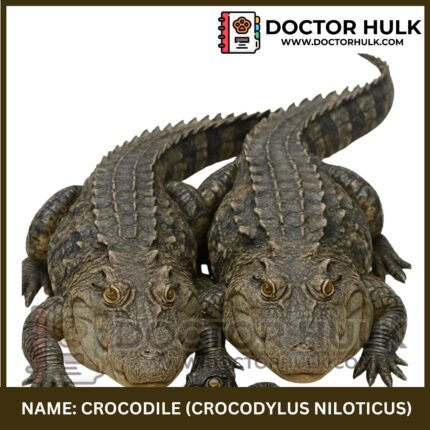
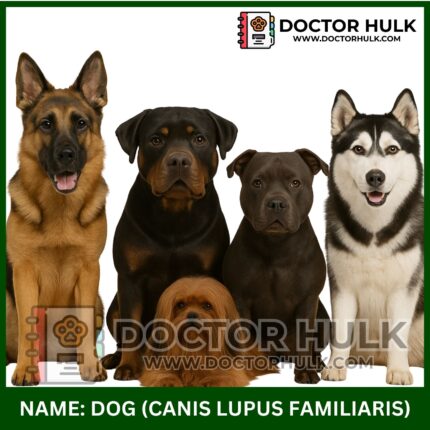


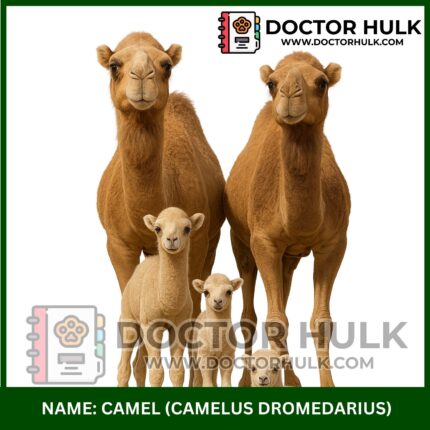
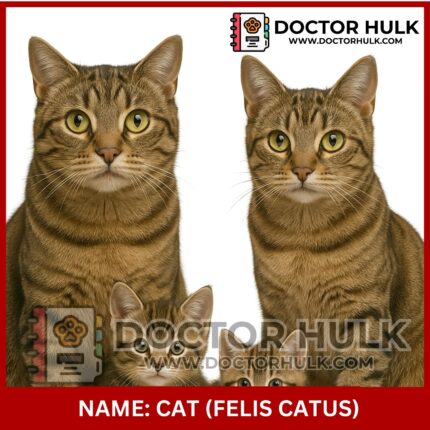
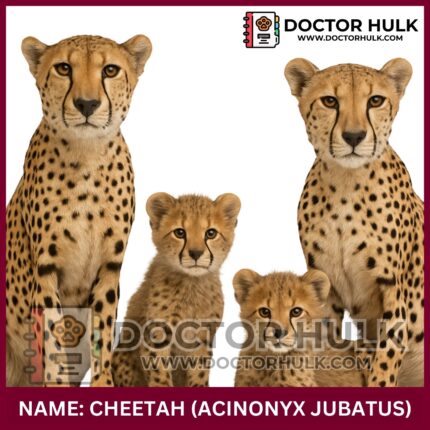
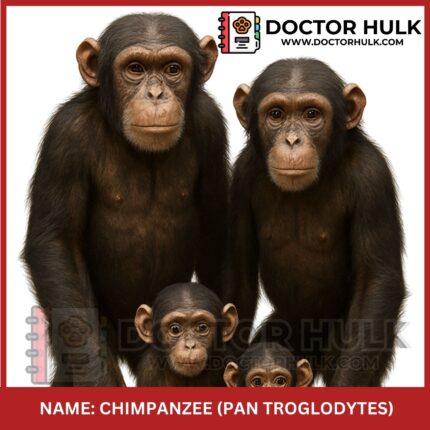

Reviews
There are no reviews yet.